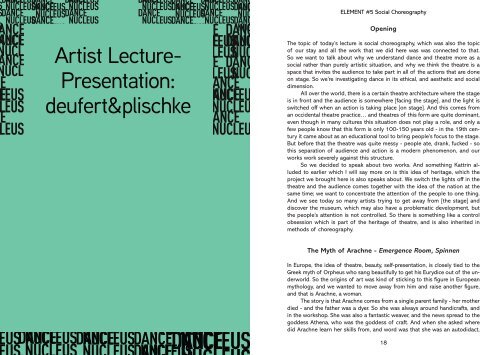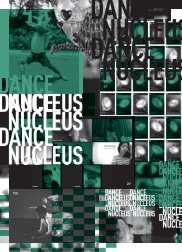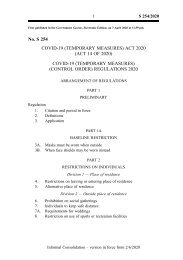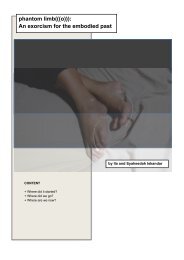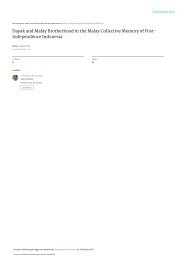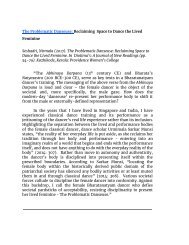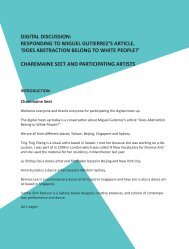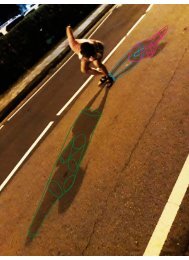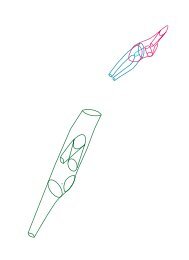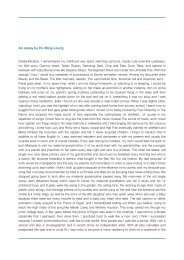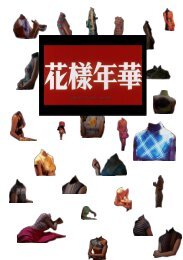FUSE#4
FUSE is a bi-annual publication that documents the projects at Dance Nucleus .
FUSE is a bi-annual publication that documents the projects at Dance Nucleus .
Create successful ePaper yourself
Turn your PDF publications into a flip-book with our unique Google optimized e-Paper software.
ELEMENT #5 Social Choreography<br />
Opening<br />
Artist Lecture-<br />
Presentation:<br />
deufert&plischke<br />
The topic of today’s lecture is social choreography, which was also the topic<br />
of our stay and all the work that we did here was was connected to that.<br />
So we want to talk about why we understand dance and theatre more as a<br />
social rather than purely artistic situation, and why we think the theatre is a<br />
space that invites the audience to take part in all of the actions that are done<br />
on stage. So we’re investigating dance in its ethical, and aesthetic and social<br />
dimension.<br />
All over the world, there is a certain theatre architecture where the stage<br />
is in front and the audience is somewhere [facing the stage], and the light is<br />
switched off when an action is taking place [on stage]. And this comes from<br />
an occidental theatre practice… and theatres of this form are quite dominant,<br />
even though in many cultures this situation does not play a role, and only a<br />
few people know that this form is only 100-150 years old - in the 19th century<br />
it came about as an educational tool to bring people’s focus to the stage.<br />
But before that the theatre was quite messy - people ate, drank, fucked - so<br />
this separation of audience and action is a modern phenomenon, and our<br />
works work severely against this structure.<br />
So we decided to speak about two works. And something Kattrin alluded<br />
to earlier which I will say more on is this idea of heritage, which the<br />
project we brought here is also speaks about. We switch the lights off in the<br />
theatre and the audience comes together with the idea of the nation at the<br />
same time; we want to concentrate the attention of the people to one thing.<br />
And we see today so many artists trying to get away from [the stage] and<br />
discover the museum, which may also have a problematic development, but<br />
the people’s attention is not controlled. So there is something like a control<br />
obsession which is part of the heritage of theatre, and is also inherited in<br />
methods of choreography.<br />
The Myth of Arachne - Emergence Room, Spinnen<br />
In Europe, the idea of theatre, beauty, self-presentation, is closely tied to the<br />
Greek myth of Orpheus who sang beautifully to get his Eurydice out of the underworld.<br />
So the origins of art was kind of sticking to this figure in European<br />
mythology, and we wanted to move away from him and raise another figure,<br />
and that is Arachne, a woman.<br />
The story is that Arachne comes from a single parent family - her mother<br />
died - and the father was a dyer. So she was always around handicrafts, and<br />
in the workshop. She was also a fantastic weaver, and the news spread to the<br />
goddess Athena, who was the goddess of craft. And when she asked where<br />
did Arachne learn her skills from, and word was that she was an autodidact,<br />
18


